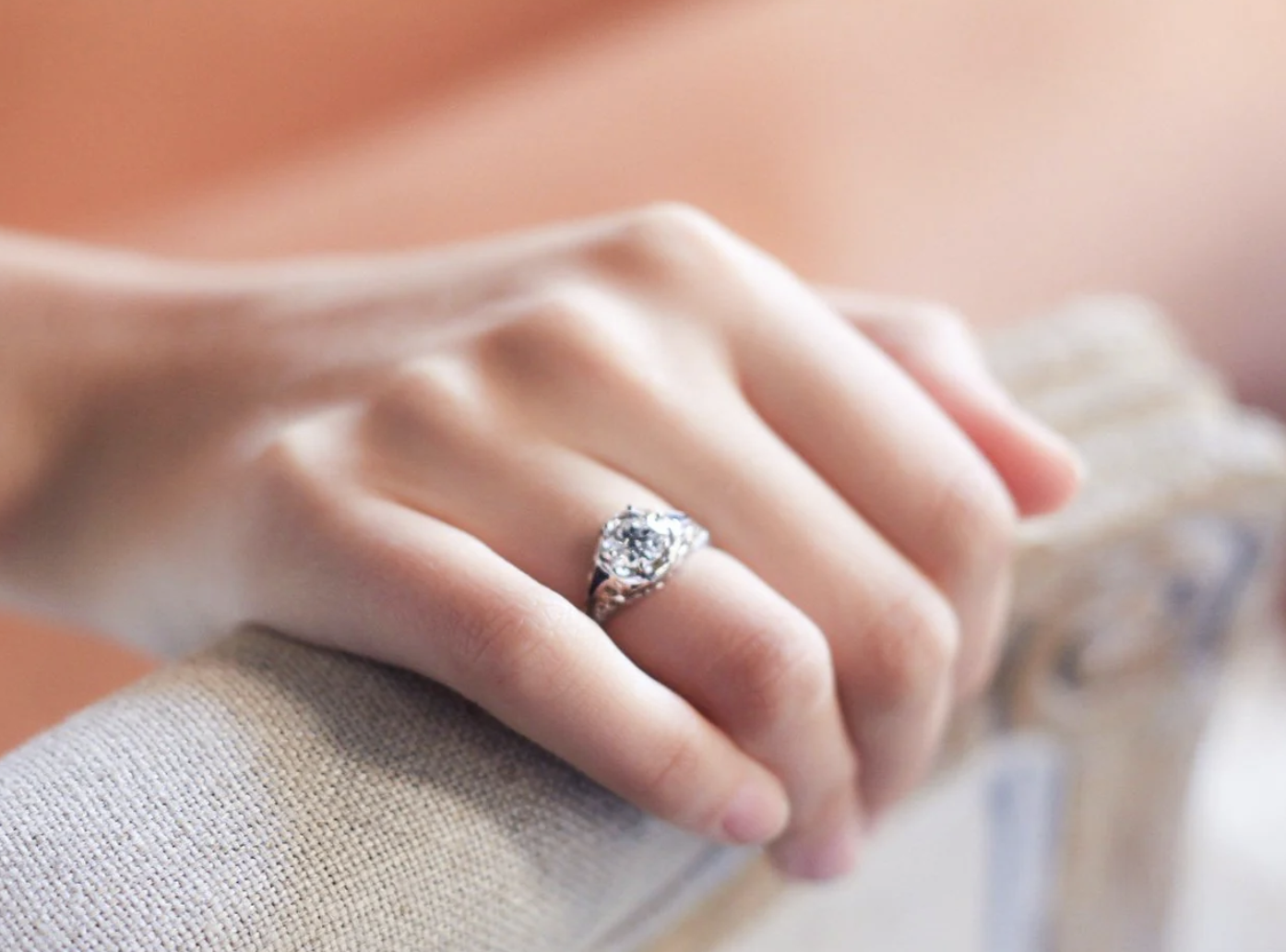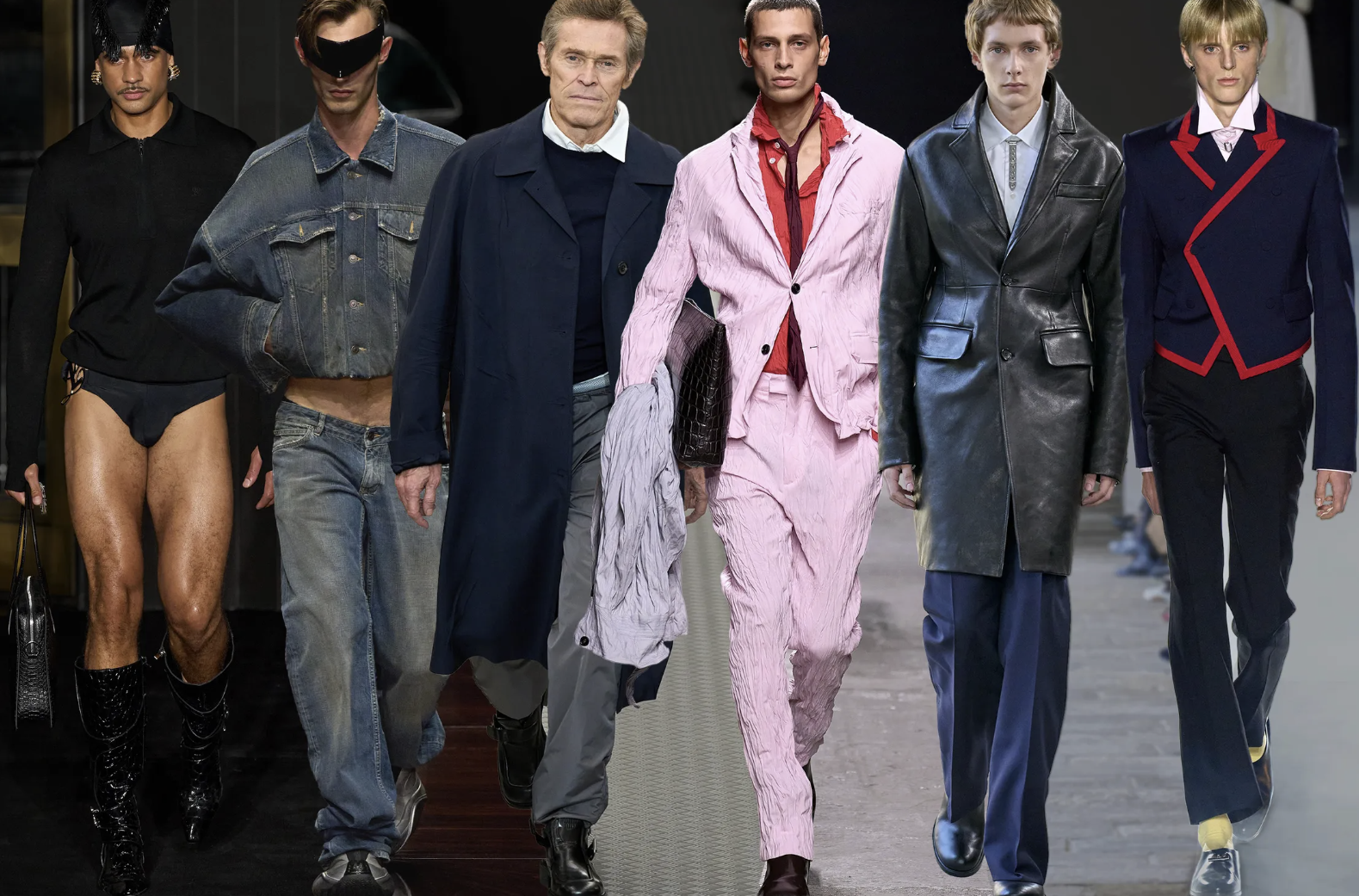Fashion trends may come and go, but some styles have an enduring appeal that stands the test of time. Recently, Gen Z has become captivated by what’s being called ‘Old Money Style’—a refined, understated aesthetic that places emphasis on quality over flashiness. This is a stark contrast to the streetwear culture and logomania that dominated the past decade. Instead, this style embraces neutral colours, perfectly tailored pieces, and subtle luxury. But what’s driving this generation—known for challenging norms and pushing boundaries—to gravitate towards a style rooted in tradition and exclusivity?
The Timeless Appeal of Old Money Style
At its core, Old Money Style isn’t about trends or following what’s hot right now—it’s about timeless elegance. The pieces associated with this aesthetic—well-fitted blazers, cashmere sweaters, loafers, and tailored trousers—aren’t tied to any specific era. These items could easily have been worn by someone like a Kennedy in the 1960s, just as they could by a modern-day socialite. This sense of timelessness resonates deeply with Gen Z, a generation that is becoming increasingly conscious of sustainability and mindful consumption. The once-popular allure of fast fashion is fading, and the idea of investing in fewer, higher-quality pieces is gaining traction.
But there’s more to this fascination than just a preference for durable clothing. Old Money Style symbolizes a certain lifestyle—an idealized, often romanticized image of effortless wealth. Social media platforms like TikTok and Instagram are filled with content showcasing a life of privilege—yachts, grand homes, tennis matches, and summer holidays in the Hamptons. These curated images of an idyllic lifestyle are part of the allure that draws Gen Z in.
The Fantasy of Quiet Wealth
While earlier generations may have idolized rockstars or streetwear moguls, Gen Z seems captivated by the idea of quiet wealth and exclusivity. It’s more than a fashion statement; it’s a fantasy—an escape from the chaotic, unpredictable world they’ve grown up in. Interestingly, the term ‘preppy’ was once used to describe this style, but Gen Z has redefined it with fresh connotations. Unlike the traditional prep culture of the 1980s and 1990s, which was tied to East Coast elitism and old-school elitism, today’s Old Money aesthetic is more about curation than pedigree.
You don’t need to come from a privileged background or have a prestigious boarding school education to partake in this style. Instead, you just need the right knitwear, the right haircut, and a minimalist aesthetic that reflects this curated sense of luxury. This accessibility has led the trend to explode online, allowing young people to adopt aspects of this style even if they don’t have the wealth traditionally associated with it.
The Irony of Old Money Aesthetics
However, this trend isn’t without its contradictions. While Old Money Style emphasizes subtlety and quiet luxury, it still thrives on exclusivity. The irony is that true “Old Money” individuals typically don’t feel the need to signal their wealth—they live their lifestyle quietly, without any overt show of affluence. Meanwhile, Gen Z’s interpretation of the style often centers on constructing an image, curating a feed, and putting together a look rather than actually embodying the lifestyle.
That’s not necessarily a negative thing—it highlights how fashion continues to evolve, shaped by both social and economic influences. Gen Z’s take on Old Money Style is about more than just clothing; it represents aspiration, a desire for permanence in an increasingly uncertain world, and a reaction against the fleeting nature of trends.
Will It Last?
Whether this fixation will persist or fade into another fleeting phase in fashion’s endless cycle remains to be seen. However, for now, pieces like tailored blazers, pearl necklaces, and simple loafers are making their mark, with Gen Z embracing a style that speaks to sophistication, quality, and quiet luxury. The fixation on Old Money Style is more than just a fashion trend—it’s a statement of longing for timelessness in a world that often feels temporary.













